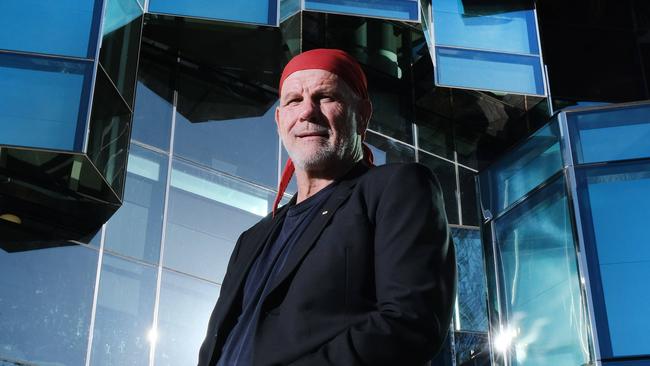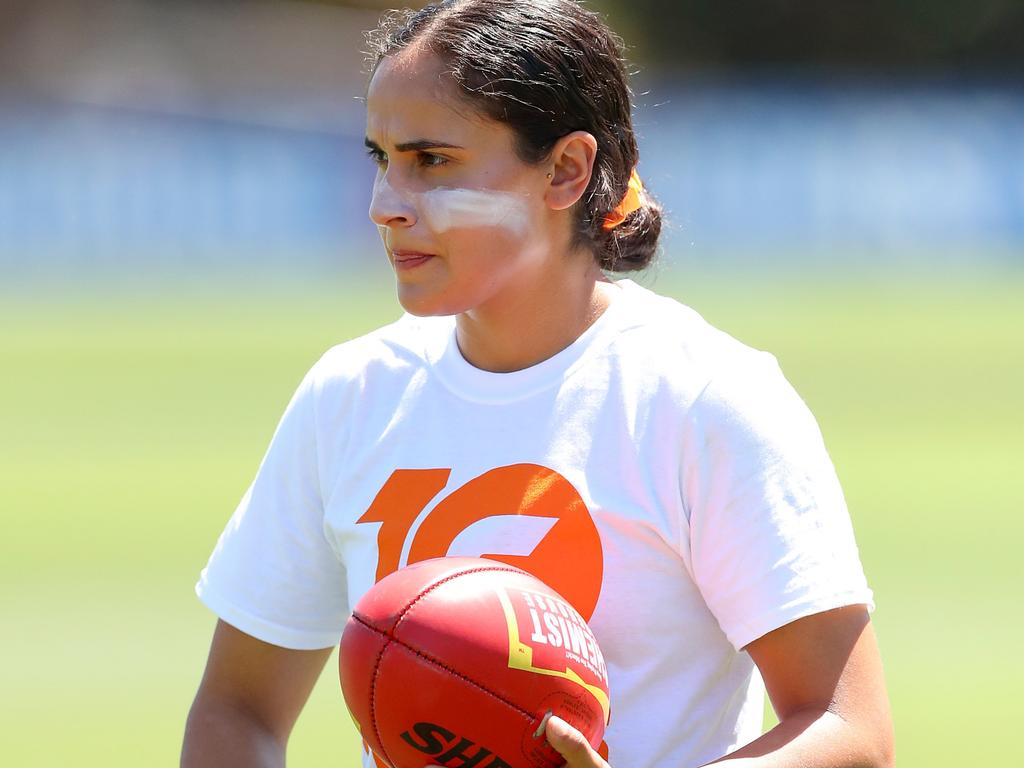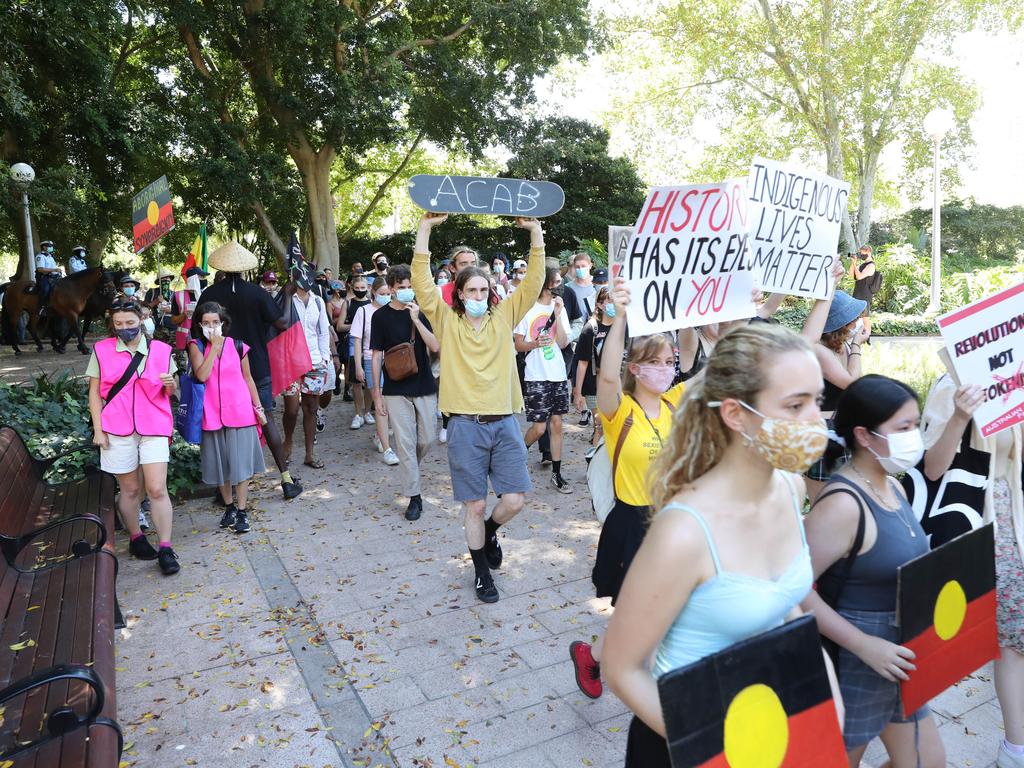ARM’s choice for republic looks like a model of failure
And there is a problem for republicans in having a ‘divisive’ columnist as the voice of Australian republicanism.

Phillip Adams was in the presenter’s chair and one of his guests was ARM chairman Peter FitzSimons. The designated topic was “An Australian republic – a new model and unfinished business”.
The problem was that FitzSimons could not explain how the ARM’s model would work in practice. Now there is a problem for republicans in having Sydney Morning Herald columnist FitzSimons as the voice of Australian republicanism. For starters, he is one of the most divisive commentators in the country.
It is well-known that Australia will become a republic only if a sufficient number of political and social conservatives support the cause. Anyone who reads FitzSimons’s column or listens to or watches his regular appearances on various ABC outlets knows he invariably targets conservatives.
Political conservatives are used to criticism and may not be bothered by this. But FitzSimons is one of those sneering leftists who mocks believers, especially theologically conservative Christians and, in particular, Catholics.
You don’t need to be a psychologist to understand that most people do not like being ridiculed for their consciously held beliefs.
FitzSimons gives the impression that he regards those who disagree with him as fools.
Then there is the problem of being out of touch. I voted Yes in the 1999 referendum to establish Australia as a republic with the Queen and governor-general being replaced by a president appointed by a two-thirds majority of the members of the federal parliament.
However, in the lead-up to the vote I was always concerned that the republican movement did not have much grassroots support outside of the capital cities of Sydney, Melbourne and Canberra.
One of the problems was that the leader of the ARM of the day, Malcolm Turnbull, was a multi-millionaire merchant banker living in some luxury in Sydney.
Now Turnbull donated generously to the ARM and deserved praise for keeping the organisation in existence. But he did seem somewhat remote from Australians in the suburbs and regional areas – a problem that re-emerged when he became Liberal Party leader and prime minister years later.
It’s much the same now with FitzSimons. He is known to be a millionaire who lives close to Sydney Harbour and boasts that he drives an expensive Tesla. Moreover, FitzSimons is known to support every left-of-centre cause going around. In short, he is not likely to unite the country behind him.
In retrospect, the republican cause did well in the 1999 referendum with 45 per cent voting Yes and 55 per cent No. But the vote was heavily concentrated in the ACT, Victoria and NSW.
For the republican cause to prevail, a majority Yes vote was needed nationally and in at least four of the six states.
Here the vote was not close. The Yes votes totalled 50 per cent in Victoria, 46 per cent in NSW, 44 per cent in South Australia, 42 per cent Western Australia, 40 per cent Tasmania and 37 per cent Queensland.
Clearly the task of the ARM is to increase support for a republic outside the capital cities and within the smaller states based on population. The ARM, under its present management, is unlikely to achieve this task.
Then there is the message. The ARM’s Australian choice model, released this month, is highly complicated.
The idea is that Australians would get to choose a head of state out of a list of up to 11 candidates – one chosen by each state and territory parliament and three chosen by the federal parliament.
The Yes cause failed in 1999 for several reasons, including the fact quite a few republicans voted No because they wanted a direct vote to elect a head of state. The Australian choice model does not provide for this.
Then there is the model itself. In his discussion with Adams, FitzSimons went into a stream-of-consciousness mode. So much so that, after a while, Adams said: “Peter, Peter take a deep breath.” Whereupon FitzSimons declared he was “sorry for ranting on” and added: “My wife counsels me to calm down.” Without much success, it would seem.
In his self-declared rant, FitzSimons said the ARM’s Australian choice model for a head of state was not like the US or French model but “much more like the Irish model”.
But it isn’t. Sure, in Ireland voters choose the president from a list of candidates put forward by parliamentarians or local authorities. However, the Irish constitution is quite different to Australia’s.
In Ireland, the upper house cannot block supply or financial bills. In other words, the constitutional deadlock that occurred in Australia in November 1975 – which was resolved by governor-general Sir John Kerr’s use of the reserve powers to dismiss the government after supply was blocked in the Senate – could not have taken place in Ireland.
In this sense the Irish president has no real power, in that they cannot dismiss the prime minister. What’s more, there is a very strong tradition in Ireland that the president does not intervene in Irish politics.

Under the Australian choice model it is likely that a directly elected head of state would speak out on political matters.
FitzSimons told Adams that the likes of Dame Marie Bashir or Sir Peter Cosgrove would nominate for the position. This is most unlikely. It’s much more likely that if such a situation prevailed Australia would have two elected leaders, a prime minister and the head of state, both of whom intent on expressing their views.
According to the ARM, only the “best and brightest” would apply for the job. FitzSimons has declared that, under his model, voters would not elect Test cricketer Shane Warne. How does he know? For my part, in such a situation, I would choose Warnie ahead of a divisive and verbose figure like your man Fitz.
Gerard Henderson is executive director of the Sydney Institute. His Media Watch Dog blog can be found at theaustralian.com.au.







If anyone has doubts about whether to support the Australian choice model for an Australian republic, proposed by the Australian Republic Movement, they would be well advised to listen to last Wednesday’s Late Night Live program on ABC Radio National.